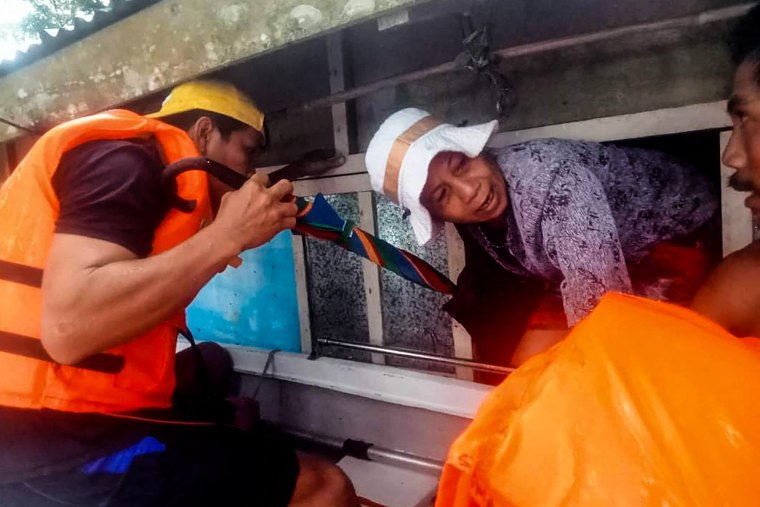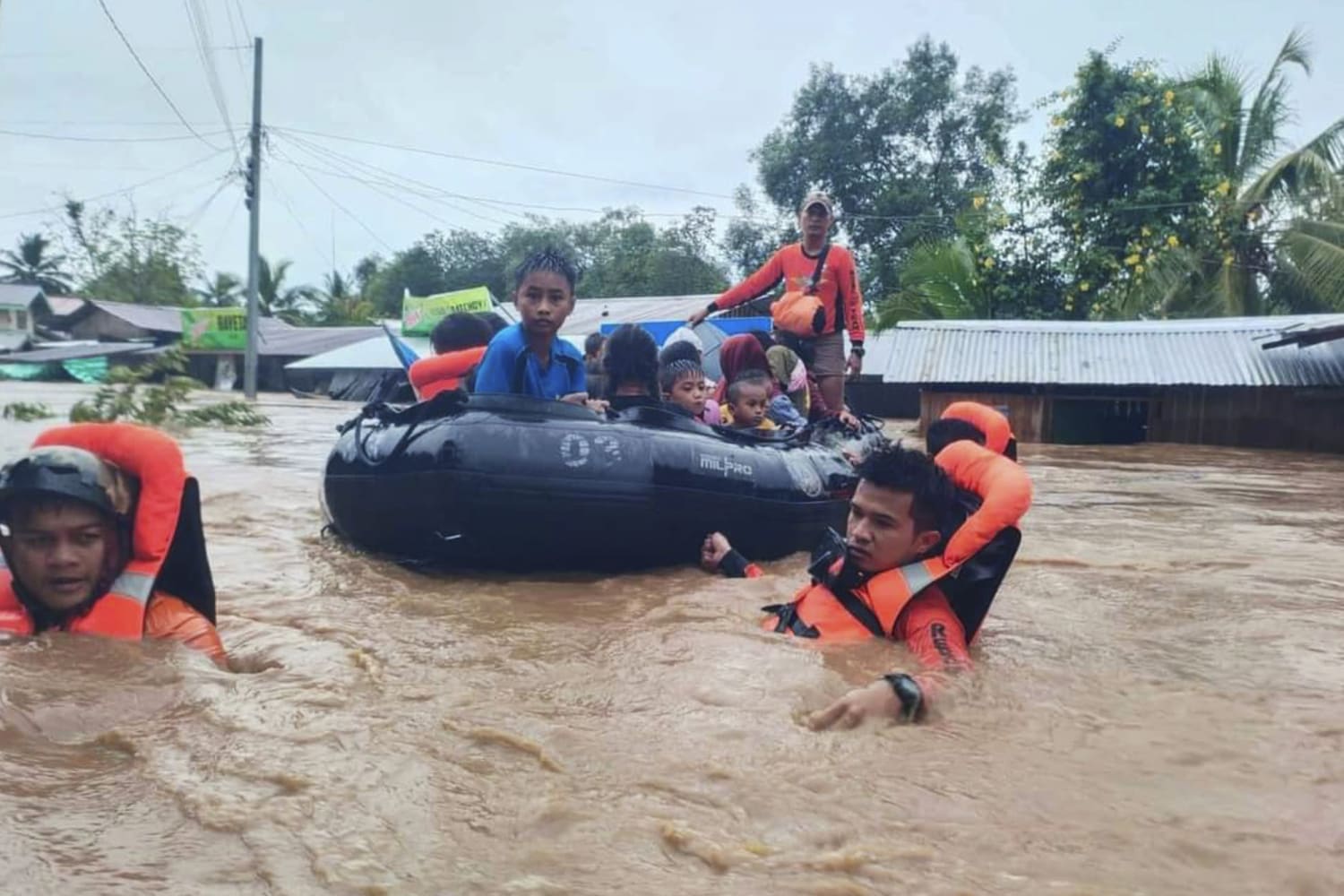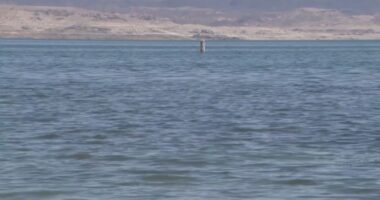At least 31 people died and nine others were missing in flash floods and landslides set off by torrential rains that swamped a southern Philippine province overnight and trapped some residents on their roofs, officials said Friday.
Most of the victims were swept away by rampaging floodwaters and drowned or were hit by debris-laden mudslides in three towns in hard-hit Maguindanao province, said Naguib Sinarimbo, the interior minister for a five-province Muslim autonomous region run by former guerrillas.
“The amount of rainwater that came down overnight was unusually (heavy) and flowed down mountainsides and swelled rivers,” Sinarimbo told The Associated Press by telephone.
“I hope the casualty numbers won’t rise further but there are still a few communities we haven’t reached,” Sinarimbo said, adding the rains have eased since Friday morning, causing floods to start to recede in several towns.
Sinarimbo said based on reports from mayors, governors and disaster-response officials, 26 died mostly by drowning in the neighboring coastal towns of Datu Odin Sinsuat and Datu Blah Sinsuat and five others died in Upi town, all in Maguindanao.
Five people were missing in Datu Blah Sinsuat, according to the town’s mayor, Marshall Sinsuat, and Sinarimbo said four others were reported missing elsewhere.

A rescue team was deployed to a tribal village called Kusiong at the foot of a mountain in Datu Odin Sinsuat to check on reports that floods and landslides also hit houses in the community, Sinarimbo said, adding there were no immediate reports of casualties.
The unusually heavy rains that flooded several towns in Maguindanao and outlying provinces overnight in a mountainous region with marshy plains were caused by Tropical Storm Nalgae, which was expected to blow into the country’s eastern coast from the Pacific Ocean on Saturday morning, according to forecasters.
Floodwaters rapidly rose in many low-lying villages, forcing some villagers to climb onto their roofs, where they were rescued by army troops, police and volunteers, Sinarimbo said. He added that many areas, which have not been flooded for years, like Cotabato city where he lives, were swamped overnight.
“In one area in Upi only the attic of a school can be seen above the floodwater,” said disaster-response officer Nasrullah Imam, referring to a flood-engulfed town in Maguindanao.
The wide rain bands of Nalgae, the 16th storm to hit the Philippine archipelago this year, enabled it to dump rains in the country’s south although the storm was blowing farther north, government forecaster Sam Duran said.
About 5,000 people were protectively evacuated away from the path of the storm, which was not expected to strengthen into a typhoon as it approached land, government forecasters and other officials said.
About 20 typhoons and storms batter the Philippine archipelago each year. It’s located in the Pacific “Ring of Fire,” a region along most of the Pacific Ocean rim where many volcanic eruptions and earthquakes occur, making the Southeast Asian nation one of the world’s most disaster-prone.
Source: | This article originally belongs to Nbcnews.com










